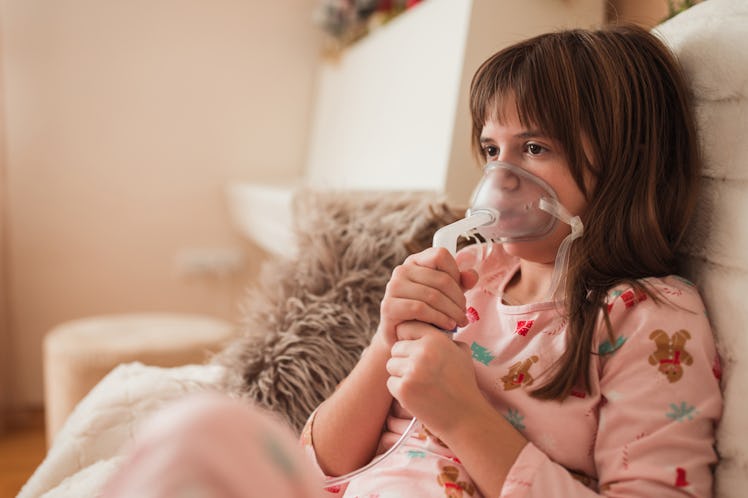Gas Stoves Cause Asthma In 1 Out Of 8 Kids With The Disease, Study Says
Fortunately, financial assistance is available for some consumers looking for a safer alternative.

Safety worries concerning gas stoves have continued to heat up, and a new study indicates that about one in eight cases of asthma in U.S. children (12.7%) is attributable to gas stove emissions. Published in the International Journal of Environmental Research and Public Health, the study estimates that approximately 650,000 of the five million children in the U.S. diagnosed with asthma could be suffering asthma attacks or having to use an inhaler because of the presence of a gas stove in their home.
The researchers found that by removing gas stoves from homes, many childhood asthma cases could be prevented, although the percentage of preventable cases varied by state, with the highest being 21.1% of cases being preventable in Illinois, 20.1% in California, and 18.8% in New York.
The findings add to growing evidence that gas stoves — which are present in 35% of U.S. homes — are a household danger.
A 2022 study found the appliances leak the carcinogen benzene and other toxic chemicals — even when the stoves aren’t in use. Fatherly also recently covered a study indicating that over the course of a year, gas stoves in the U.S. leak enough methane to have a climate impact similar to the amount of carbon dioxide that 500,000 cars emit during that time.
Researchers from the non-profit energy systems organization RMI arrived at the new asthma estimate after analyzing 27 peer-reviewed studies on gas stoves and childhood asthma. They acknowledge that the meta-analysis methods they used have some limitations.
For example, they didn’t account for exposure to other risk factors such as tobacco smoke. And their reliance on aggregate data increases the uncertainty of results, though they did try to account for that variability in their final calculations. Statistically, they are 95% confident that the percentage of childhood asthma cases caused by gas stoves is between 6.3% and 19.3%.
They note that further research is needed to calculate the risk at the county level and how mitigation strategies in the home affect the risk of a child developing asthma.
There’s suddenly increased urgency for further analysis as gas stove safety has become a prominent topic for politicians in Washington DC. The Consumer Product Safety Commission and President Joe Biden’s administration are considering more regulation of the appliance — and perhaps even a ban on sales of gas stoves in the U.S. altogether.
But if you’re ready to take matters into your own hands, tax credits are currently available for energy-efficient appliance upgrades. There’s still time to shop around, as consumers can receive up to $840 in tax credits on an induction cooktop via the Inflation Reduction Act all the way through 2027.
If buying a new stove — even with the tax credit — is out of your financial wheelhouse, there are other things you can do to limit the harm that gas stoves cause. If you have a ventilation hood, keep it running while your stove is in use, run a fan in the kitchen to disperse the fumes, and keep a window open while cooking at all times.